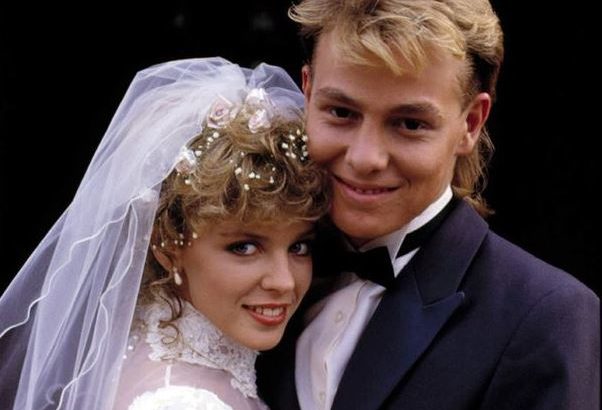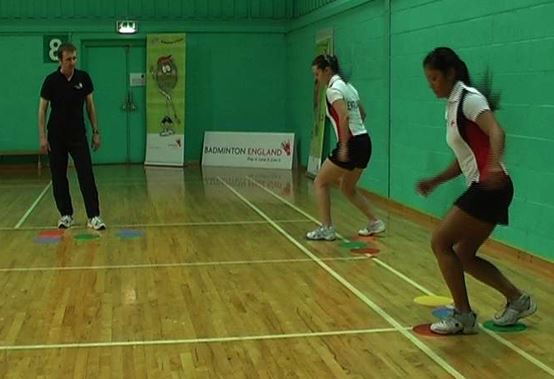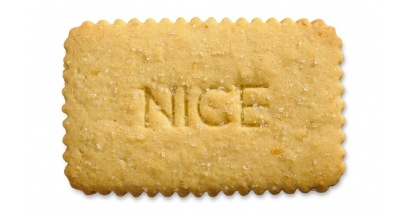Kylie and Weddings
Regular readers may recall that in a previous blog I describe how I have a syndrome named after me (admittedly by my). Well I am now going to divulge that I also have a phobia… not named after me, but I suffer from it. Its called “Nuptiaphobia”, and its something I suffer from at weddings. I am a terrible dancer, and the only place I enjoy doing it is in the kitchen for the benefit of my teenage daughter. She recoils in embarrassment at my bohemian writhing and sets about me with a spatula. It’s a dad-daughter thing, you know it. But at weddings… I dance. And it’s because of my phobia. I just cannot stand to see the dance floor empty at weddings. I can be sitting there digesting my second helping of lemon meringue. It will be that awkward 3rd song after the unsurprisingly rehearsed first dance. And the DJ is almost certainly spinning “Celebration” by Kool and the Gang. But the dance floor is empty and an overbearing thought loop tortures my mind. What if this lack of enthusiasm completely ruins the couples wedding? Tumble weed rolls across. 30 secs in and there’s no movement, not even a page boy doing sock skids. I start to fidget, my wife looks for the exit. What if the couples overwhelming wedding memory is a dance less. And then I’m gone and regain consciousness in the middle of the dance floor. I feel like a rabbit in headlights, my limbs are like play dough… and then its verse 2 :-
“It’s time to come together,
It’s up to you, what’s your pleasure”
It’s up to me… and I begin my shuffling two step dad dance nightmare, festinating on one spot on the dance floor to my own living-dead like rhythm. But my phobia dictates I have to endure. For the loving couple I have to do it. The verse continues :-
“Everyone around the world,
Come on”.
And they do. It always works. By the end of the chorus I will have attracted a good number of revelers to the dance floor and I am usually surrounded. I like to think that they are inspired by my moves, but the surrounding is most likely a group effort to protect the happy couple from witnessing my sad random jerking. Either way it has worked and my phobia is quashed.
Back to the music and of course we all know what happened to this classic R and B track. In 1991 Kylie Minogue absolutely massacred it with her nasally dominated cover version above. However, Special K got one thing right with the bouncy video that accompanied it. It showcased folks from “around the world” enjoying a dance… there’s red Indians in there, hula girls, and its Carnival time. It’s dizzyingly awful but factually correct. Because everybody around the world does dance. Everyone. There is no recorded indigenous society that doesn’t dance. Eskimo’s, Bedouins, Zulus and Geordies all love a nice bop. Even made-up societies such as Vulcans dance, as can be seen in this genuinely disturbing scene from Star Trek.
But this blog isn’t about the history of dance and it’s cultural importance. It’s about rehab. Spock is using dance to heal… because it’s logical.
As a chartered physiotherapist I am duty bound to follow guidelines of “best practice” and I am pretty sure that laying my clients on the gym floor whilst I do a trippy little shamanic jig around their head would fall outside this scope. So its not me who should be doing the dancing. It’s my clients.
There is a fundamental difference between working with professional athletes and recreational athletes. One is being paid to be rehabbed and the other is paying to be rehabbed. Access and adherence to the process is easy to maintain with the pro, but not so practical with the amateur. With most acute injuries and post surgicals there comes a point where we are shifting the emphasis from controlled, safe but contrived exercises towards the potential chaos that is sport, or sporting activity… or just the physicalities of an active life. In football we call it “getting them back on the grass”. Back to the movement patterns, footwork, acceleration, deceleration, speed, turn, twist, impact, lunge, reach… you get me. Movement patterns and drills associated with sport are often rhythmical and dynamically symmetrical, and they can be both rehearsed or freestyle. At points within the sport or game the movements may be precise and organised, but there may also be a need for creativity and surprise. You may have guessed that I could also be describing a dance class or performance.
In my work I have my favourite drills and routines to breech this movement gap. 3D lunges, steps, strides, skips, hops, turns, shuttles, jumps etc. They have purpose and functional clarity, and can be progressively developed in terms of intensity and demand… but I am acutely aware that I have to get this stuff out of my movement geek head and into my clients feet. Some folks soak it up and are prepared to put in the “practice”. But for others it just doesn’t come so easy. They have lost confidence in their ability, they are wary of their injury, and my “stuff” may be coming at them from a few angles they are not comfortable with. It just doesn’t come naturally to them, so may be I should be turning to something that comes naturally to everyone. Dance.
It’s a pretty simple concept. Lets say I have a tennis player recovering from an ankle sprain… its at that stage where the ankles still sticky but it’s good to get going. I’d be encouraging a nice easy paced reciprocal side lunge, paired with a bit of body loading and rotation. But my client is reading this as a challenge of co-ordination, and possible ankle risk, and have convinced themselves they are rubbish at it… and hence won’t really commit to doing any at home. Cue Kylie. I just can’t get you out of my head. Everyone can do the “two step”. Nah nah nah. Throw in a few exaggerated arm waves and finger clicks. Nah nah nah nah nah. Then bust out a chest twist one way, and follow up the other way. Keep it up for the standard three and a half minute popular music track and you have outlasted my fancy rehab drill, and hardened that ankle to some of the repetitive loading dynamics that it needs to get it back into tennis.
But its not just the sporting sprains that could benefit from a bit of Footloose therapy. The most common condition seen by any therapist of any denomination will be chronic low back pain. Folks that are nailed down by over-protective movement fears, a monastic adherence to popular core stability principles, and rightfully hacked off that they are losing their normal function. Through no fault of their own, and potentially the advice they have been given, they have developed what we call in the trade “biscuit backs”. Held rigid with a fear that if they do anything like a remotely vigorous bend it will snap.
We are lucky that we have NICE in this country. Not the biscuit, but the independent advisory body that provides guidelines for health care through review of the evidence base. Have a look at their website… OK it’s not the funkiest but they do good stuff, and generally give excellent guidelines. Occasionally folks have the odd beef with their work, but I consider it essential that we have an organisation such as this to moderate the potential free-for-all that can go on within the vast arena of “health”. Late in 2016 NICE released new guidelines on management of low back pain. And they are pretty decent. They go on a bit though so I will pick on one of their recommendations. In terms of evidence there aren’t that many “interventions” that are universally nailed on to positively influence chronic low back pain other than movement/exercise. Exercise works, and funnily enough it seems that in many cases it doesn’t really matter what the exercise is, as long as you are regularly doing it. Now I would argue that if you get the chance, go find an expert who can possibly tailor some wise exercise choices that suit both your “context” and your preferences. Otherwise, don’t worry, crack on anyway. It’s best to start with something that is self-limiting, uncomplicated, natural and accessible. Something that will begin the process of re-mobilisation, give back movement confidence, and gets you off the floor in terms of biscuit style exercise and out on the floor in terms of loading up that spine more fluently. Cue Kylie. Cue kitchen. Cue locking the doors. Cue up the Aussie pop princesses 1988 hatchet job of an already irritating classic and get some “Locomotion” back into your spine. I’m serious. Start gently but slide that dodgy back through your signature moves and that’s three and a half minutes of quality nutritional movement that your spine wouldn’t have had if it wasn’t for the unlikely fusion of clear empirical evidence based guidelines and the wise lyrics of an ex dungaree wearing mechanic next door teen idol.
“Everybody’s doing a brand-new dance, now
(Come on baby, do the Loco-motion)
I know you’ll get to like it if you give it a chance now
(Come on baby, do the Loco-motion)”
If you are still unsure about this I would recommend you hit this link and follow Kylie’s relatively un-challenging gyrations demonstrated clearly by her in the video for “Love at First Sight”. There are some excellent loading and unloading moves in all three planes of spinal motion, the lumbo-pelvic rhythm is challenged within a framework of both mobility and stability, and any paravertebral spasm and pain may be inhibited by the nociceptively calming effect of fluent reciprocal trunk movement… in other words, that, my friends, is proper high quality rehab right there. Disclaimer: start kinda gently and think twice about copying her eye shadow-stiletto combination.
For further inspiration here are some folks lost in their moment.




Comments are closed.